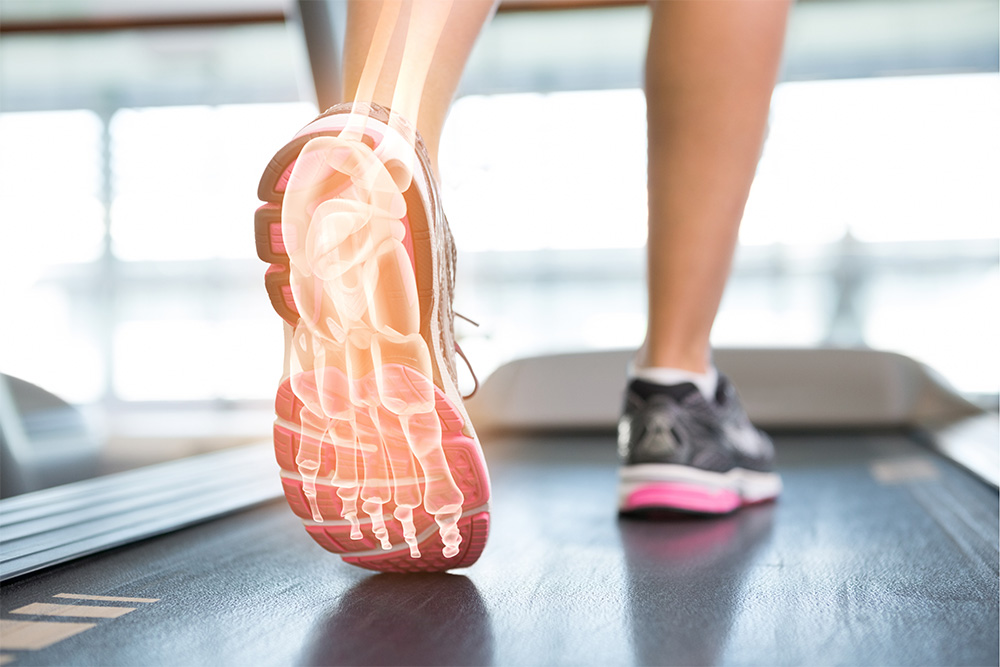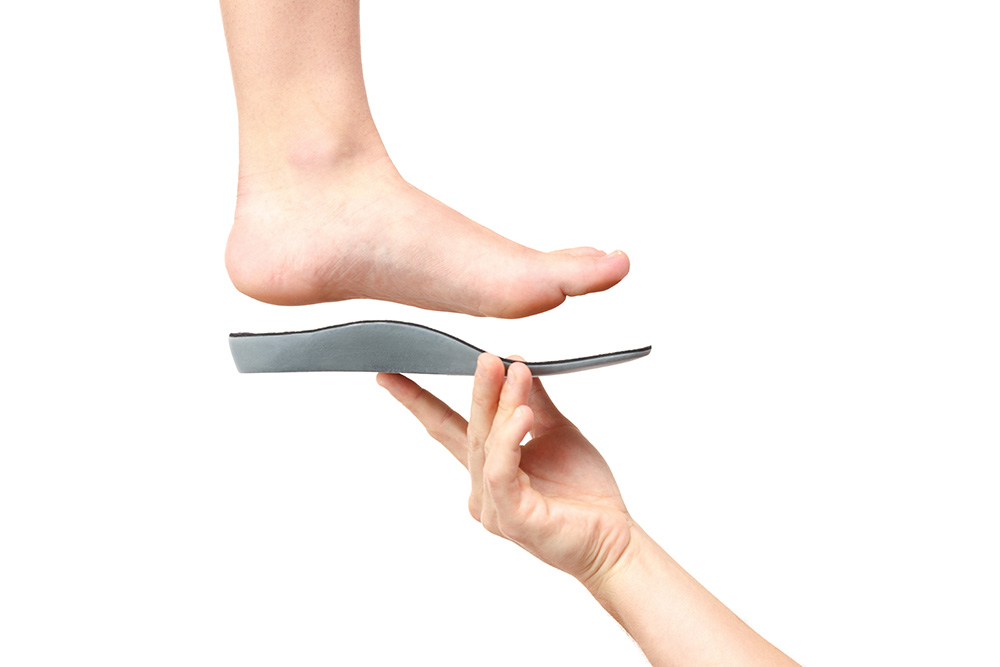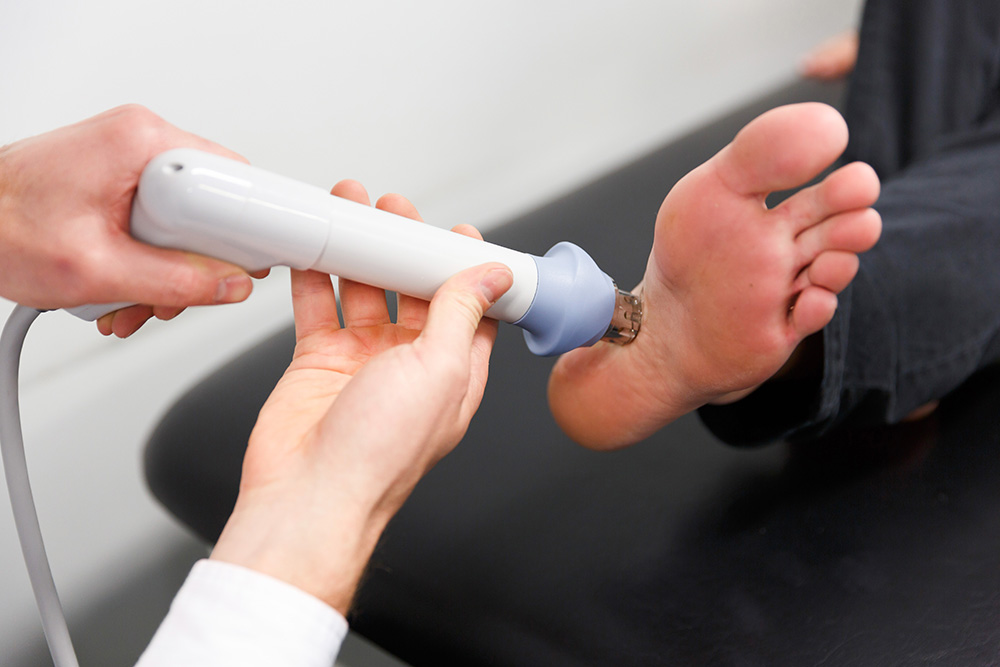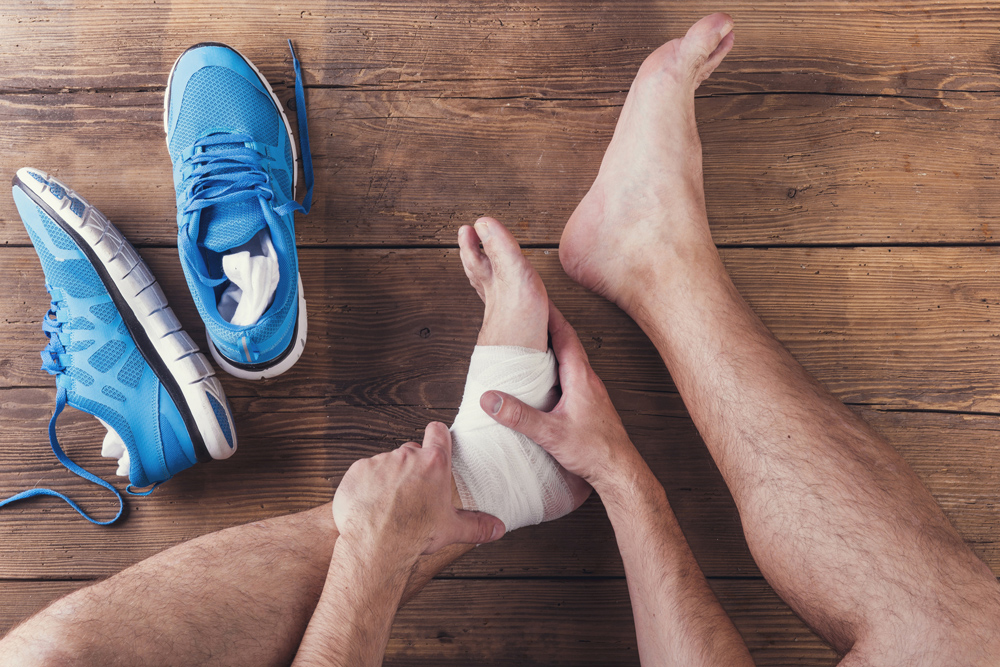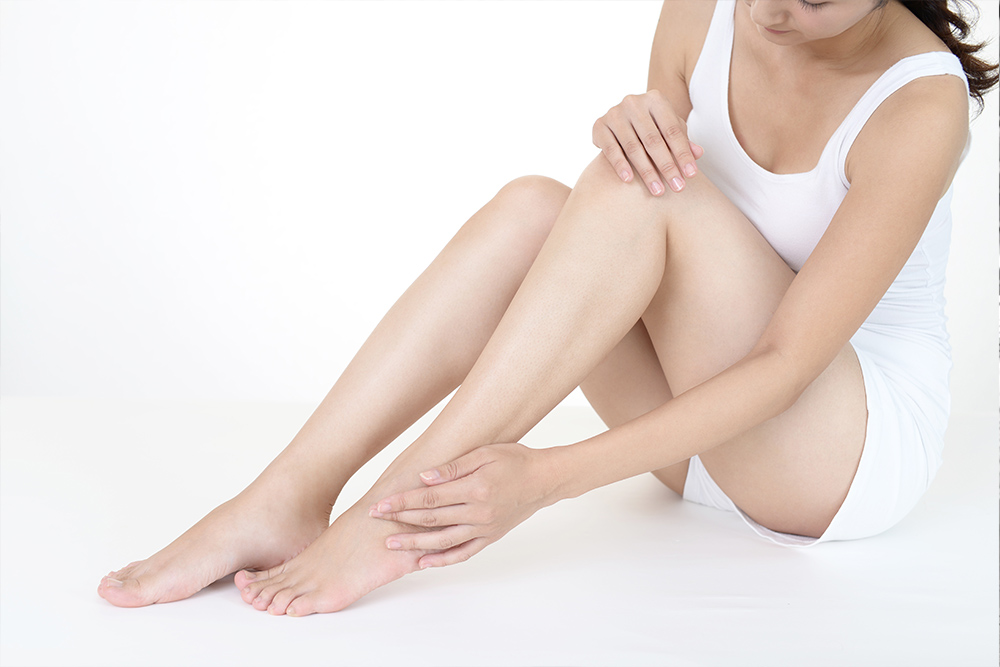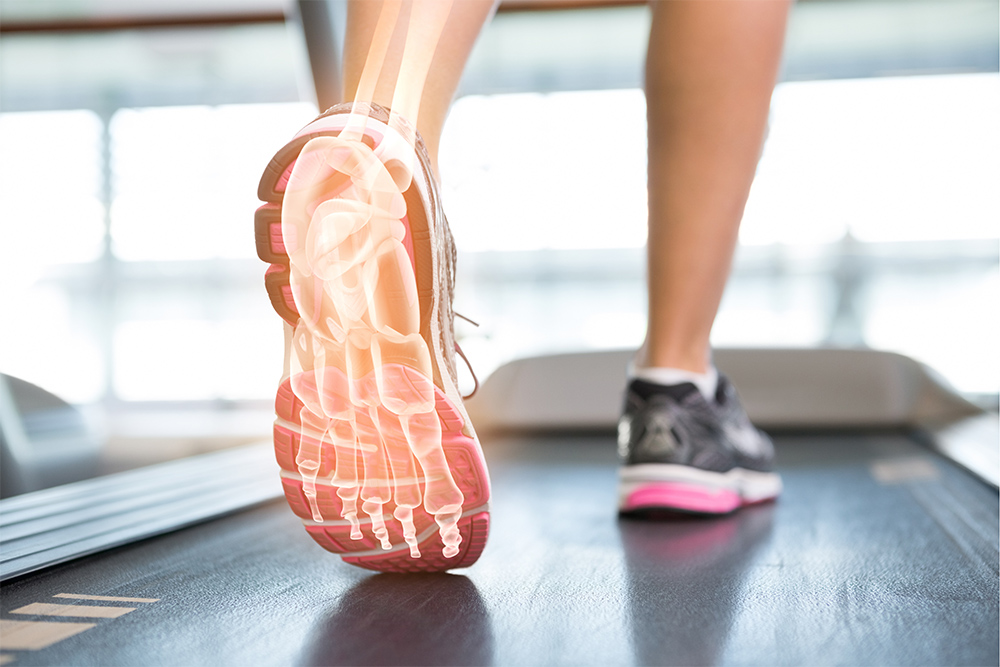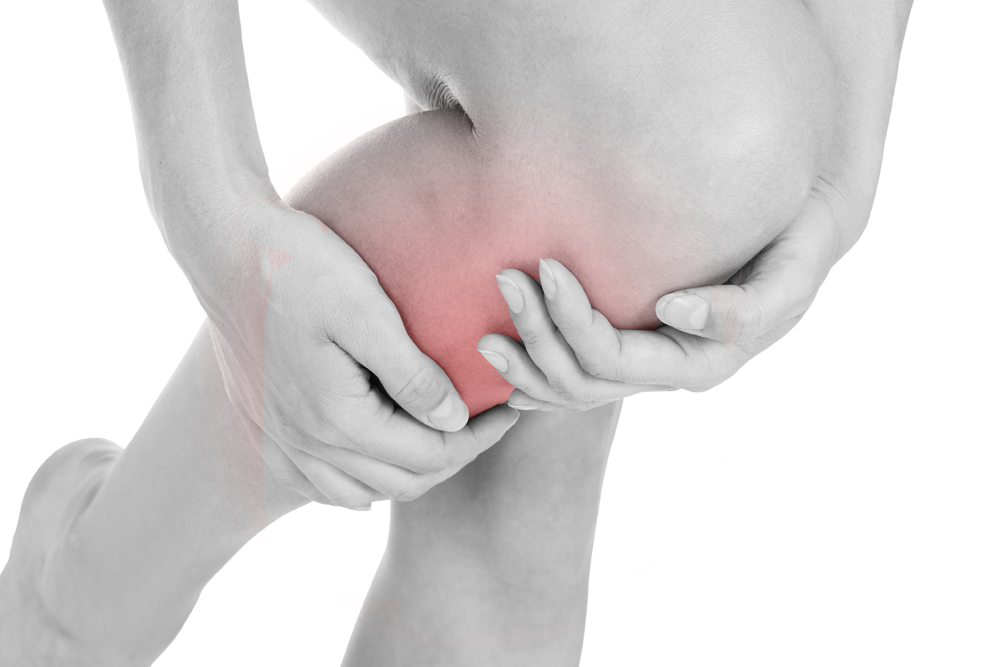
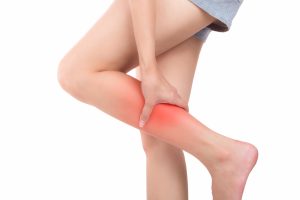
Soreness and tiredness in the lower legs is a common complaint among patients. This is because these muscles control the motions of the foot and foot stability, therefore factors such as increased activity or changes in footwear can cause muscles to be overused, sore and inflamed.
Lower leg pain and injuries are often connected to the strain or tearing of the gastrocnemius muscle of the calf, or through exercise-related injuries such as shin splints, stress fractures and exercise-induced compartment syndrome. If your pain or discomfort is minor and tends to occur at the end of the day, you may have general muscle overuse that leads to end-of-day muscle fatigue.
Back problems including sciatica, where the large sciatic nerve is compressed, can be another cause of lower leg pain as they can produce shooting pains that extend down the leg and to the foot. This type of pain usually starts in the buttocks and may be accompanied by some burning, tingling, or other neural symptoms.
Other causes of leg pain can relate to the fact that the veins in the leg return blood back to the heart. When vein problems occur, they can cause leg swelling and pain or tenderness. Venous insufficiency is a problem that leads to varicose veins, often experienced by people on their feet for long periods of time. If your leg pain is severe, sudden or accompanied by swelling, it should always be assessed as soon as possible.
How is lower leg pain treated?
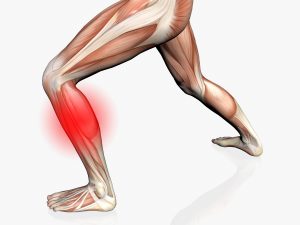
Treating lower leg pain starts by understanding exactly what is causing it, and which muscles, tendons, ligaments or bones are being affected. Identifying these factors also ensures that we can make the changes needed to help prevent the problem from recurring in the future. This is done through a comprehensive biomechanical assessment with one of our My FootDr podiatrists. Your treatment may involve:
- Custom foot orthotics to help offload damaged structures and correct any biomechanical abnormalities that may have contributed to the pain or problem developing
- Changes to footwear to help promote stable, secure and healthy foot function
- A stretching program to treat any muscle tightness that is contributing to the problem
- Muscle strengthening to address weak muscles that may be contributing to the pain


